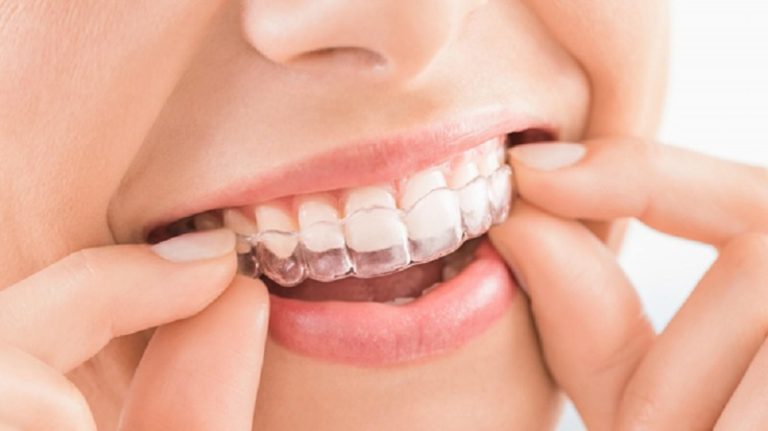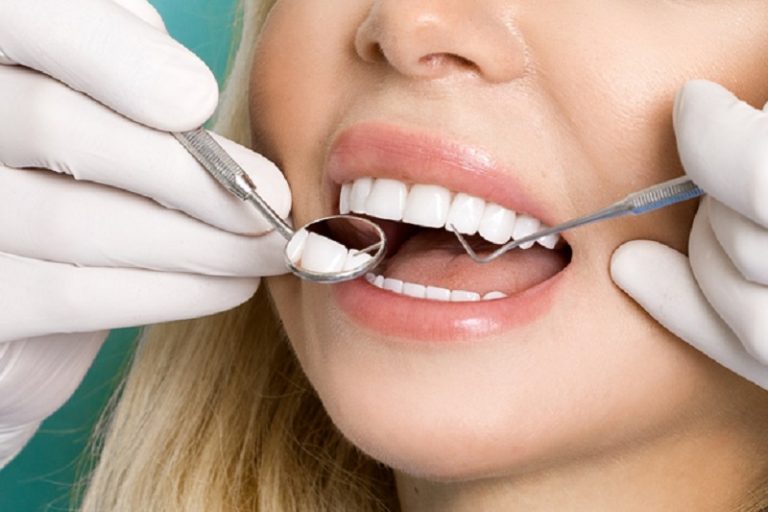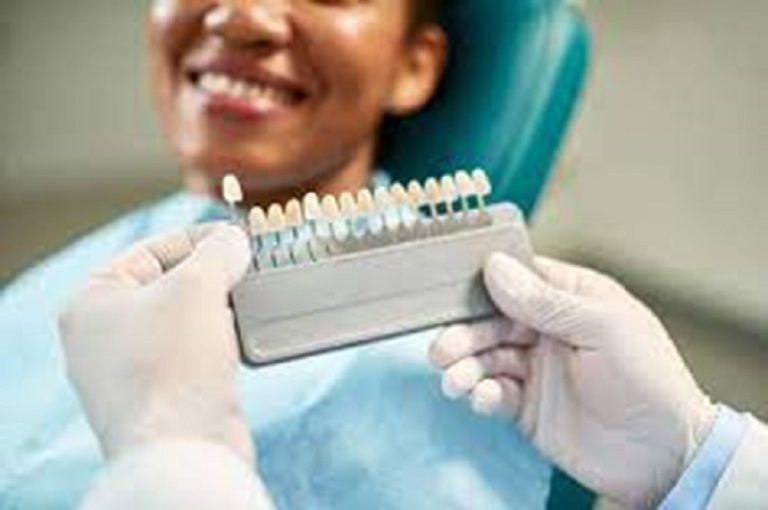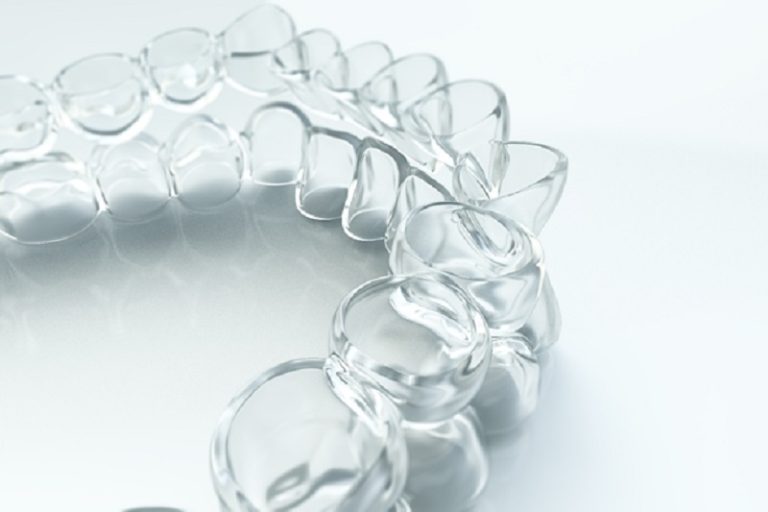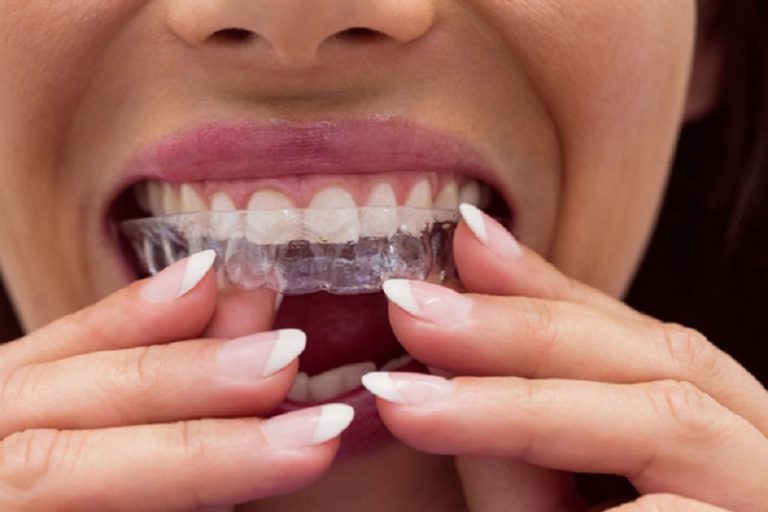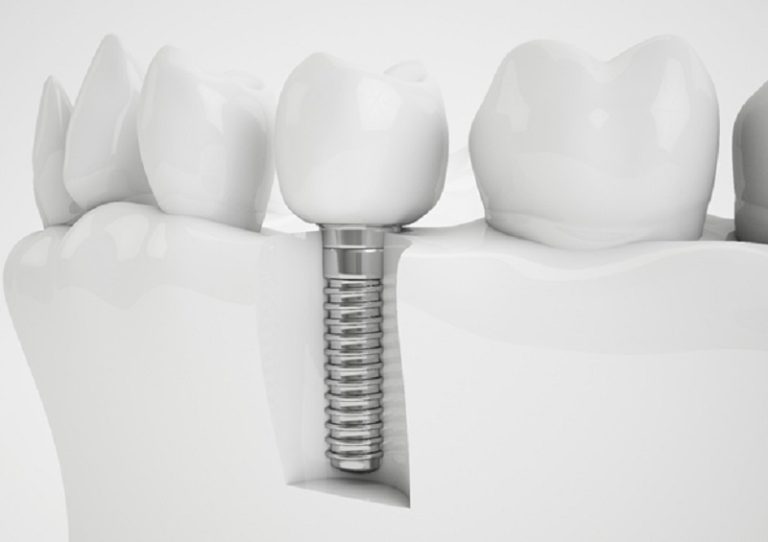Conventional metal braces can be extremely unsightly, and the treatment time may feel like it’s taking forever, so it is not surprising that most people prefer not to have metal braces fixed on their teeth for the purpose of straightening them. However this can result in having to live with crooked or uneven teeth which can also be an eyesore, and it can leave you wondering what possible solution there is to fix the dilemma you are in. Fortunately, there is a solution that offers you the same results as braces but without any need to have obvious wires fixed onto your teeth. What is this solution you may ask? It is a cosmetic dental treatment known as Invisalign Clapham, and by the end of this blog you will understand why it has become such a popular treatment amongst adults and teenagers alike!
What is Invisalign?
Invisalign are clear, removable braces composed of medical grade BPA plastic; they are designed to be virtually invisible as their name suggests, making them a more discreet alternative to conventional braces. They work like metal braces by applying pressure to your teeth causing them to gradually move and align together. Unlike metallic braces, with Invisalign treatment, your dentist assigns you a number of aligners or “trays” which are made bespoke for your teeth and for the manner in which the dentist anticipates your teeth to progress over the course of the treatment. Each tray should be worn for a set number of weeks before changing to the next set of trays and this should be repeated until your teeth are levelled at the end of your treatment.
Why should I get Invisalign?
Invisalign has become increasingly popular in recent years; with the rise of social media influence and the number of benefits that comes with getting Invisalign, it comes as no surprise that more and more people are opting for Invisalign over traditional braces. There are numerous benefits to having Invisalign, these include but are not limited to:
- Transparency – Invisalign aligners are made from virtually invisible plastic, meaning they look clear when they are worn, giving you a more subtle look
- Removable – Invisalign aligners can be easily removed, which makes it easier to eat food without food getting stuck in your teeth
- Better oral hygiene – because your Invisalign aligners are easily removable, it is significantly easier to keep up a good oral hygiene routine as you are able to brush and floss your teeth properly with no metal obstructions
- Boost in confidence – uneven teeth can make you self-conscious, so with Invisalign aligners you can achieve a more cohesive and appealing look thereby boosting your confidence
What problems does Invisalign help to treat?
Invisalign is one of the most popular forms of cosmetic dentistry; the treatment aims to solve a number of dental issues, these include:
- crooked or uneven teeth
- overbites
- gaps between the teeth
- underbites
- crowded teeth
- crossbites
- rotated teeth
If you feel as though you may be suffering with any of the above-mentioned issues, you may benefit from getting Invisalign, so it is worth contacting your dentist for a consultation.
What is the process of getting Invisalign?
The Invisalign process is a lot more straightforward compared to getting metal braces fitted or any other teeth straightening procedure, as you do not require any surgery.
When you get Invisalign, your dentist will first have to carry out a physical examination of your teeth to make sure your smile can benefit from the treatment. They will also have to take a number of 3D scans of your teeth and mouth so that they can produce a set of custom-made aligners in the lab by visualising how the alignment of your teeth will progress and change over the course of treatment. Once the aligners arrive from the lab, your dentist will call you in for a fitting where any minor changes will be made to your aligners to ensure they fit appropriately. You are expected to wear your aligners every day for a minimum of twenty two hours a day to ensure maximum results. The aligners are changed every two to eight when there is a shift in the position of your teeth, until your treatment is complete and your teeth have straightened to the desired effect.
How soon can I see results?
If worn properly, the outcome of wearing your aligners can be felt in the first three months of the treatment and can be seen within six. The length of the treatment differs for each individual, with the average treatment time being twelve months.

